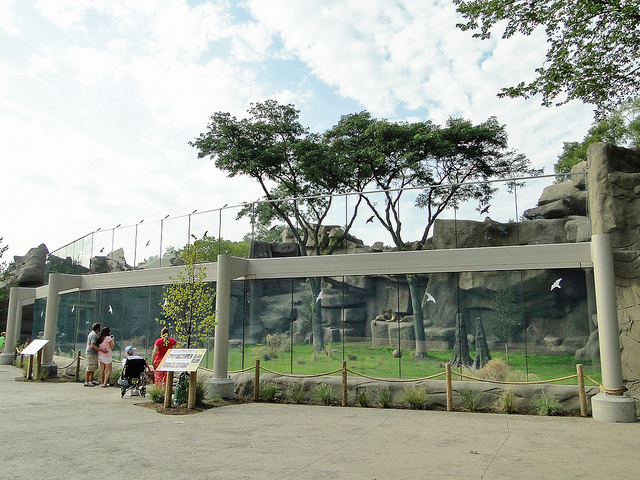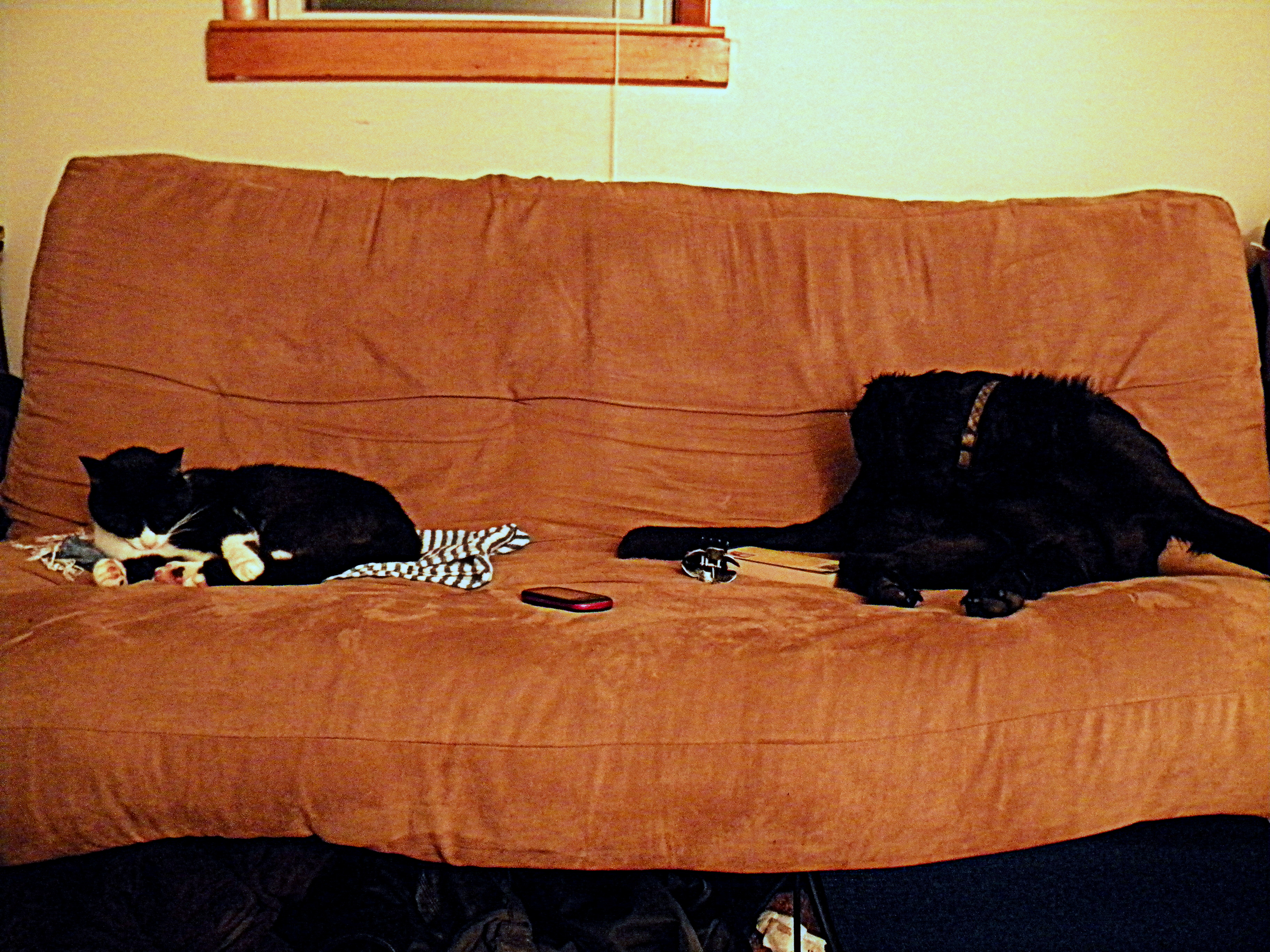I loved going to zoos as a child — the smells of the damp, humid aviary, leopards lounging in the trees, realizing for the first time that monkeys had hands on their feet. Sometimes the trips were a bit overshadowed by my dad complaining that you couldn’t see some of the animals at times — after all, this was the Asheboro, NC zoo, which has recently expanded from 550 acres to 1,371 — huge, excessive even compared to your average zoo — most animals are lucky to get over 100 acres total.
When we went to the National Zoo in Washington DC a few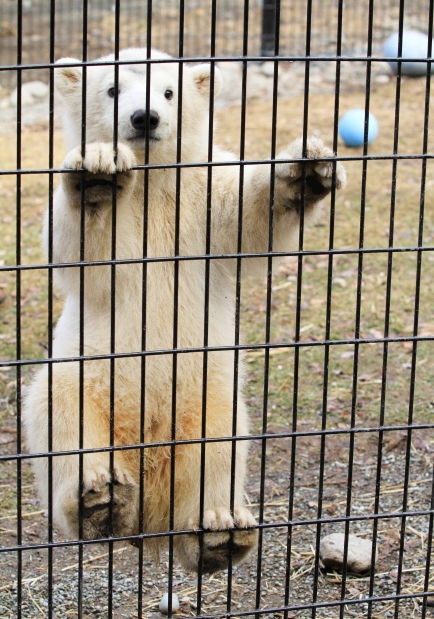 years ago (163 acres but with almost twice as many represented species than the NC zoo), my dad was happy to be able to see elephants up close and typically nocturnal animals awake and active, but all I could see was a stark contrast to what I had grown up with: these animals were cramped, bothered, unhappy. The wolves, given an enclosure maybe the size of my two-bedroom house, circled constantly. Bears paced. Elephants swung their heads back and forth. This was not where they were supposed to be, how they were supposed to be, and they knew that.
years ago (163 acres but with almost twice as many represented species than the NC zoo), my dad was happy to be able to see elephants up close and typically nocturnal animals awake and active, but all I could see was a stark contrast to what I had grown up with: these animals were cramped, bothered, unhappy. The wolves, given an enclosure maybe the size of my two-bedroom house, circled constantly. Bears paced. Elephants swung their heads back and forth. This was not where they were supposed to be, how they were supposed to be, and they knew that.
Zoos used to be a power symbol, starting with Egyptian Pharaohs, continuing through the age of exploration — Capitol cities would put exotic animals on display to show their wealth and status. The enclosures, you can imagine, were barely adequate, and there was certainly no research on the care and keeping of these huge animals — so at least we can say we’ve come a little further than that.
Still, most zoos today are doing a pretty bad job at what they would like us to think is conservation at its best. Not only are they providing inadequate space, housing, and environment for the animals themselves, they also do not fully and truly educate the public about animals and their welfare, and honestly I do not think we should be financially and morally supporting them when there are much better alternatives out there, everywhere that do a better job of helping animals and so badly need that support we lavish on zoos.
First, let’s talk about the problem.
 Zoos as a whole do not provide adequate environments for the animals they house. One way to detect that the environment is not suitable to the animals is if the breeding program they may be involved in is not going as well as planned. Pandas, for instance, are absurdly difficult to breed in captivity. Engber from Slate cites several reasons, including lack of sufficient privacy from zoo-goers, lack of activities such as trees to climb to keep them busy, and an insufficient-for-pandas social life.
Zoos as a whole do not provide adequate environments for the animals they house. One way to detect that the environment is not suitable to the animals is if the breeding program they may be involved in is not going as well as planned. Pandas, for instance, are absurdly difficult to breed in captivity. Engber from Slate cites several reasons, including lack of sufficient privacy from zoo-goers, lack of activities such as trees to climb to keep them busy, and an insufficient-for-pandas social life.
If a baby animal is successfully born into captivity, then what? Zoos not only take captive animals directly from the wild but also breed those animals and hold their children captive for life — babies that are still born with all the instincts they would have had in the wild, with nowhere to put them. They are not magically domesticated simply because they are born in captivity. Alternatively, says Dell’Amore from National Geographic, if the plan is to release an endangered species back into the wild, why isn’t any money being put towards improving the environment the animal was originally from, which is largely why they became endangered in the first place?
Stereotypic behavior is another strong indicator of a captive animal’s general lack of well-being. Writes Nora Philbin,“Stereotypic behaviour has been defined as a repetitive, invariant behaviour pattern with no obvious goal or function.” Stereotypic behavior is commonly displayed by zoo animals and other wild animals in a captivity situation that does not meet their basic needs — for example, an enclosure that is too small, an insufficient diet, and/or a general environment that does not cater enough to how they are used to living in the wild. Eilam says we know these are abnormal behaviors because they are not exhibited in the wild — they are compulsive, neurotic behaviors indicative of psychological imbalance.
Philibin continues:
A good example of stereotyped behaviour is pacing. This term is used to describe an animal walking in a distinct, unchanging pattern within its cage. The walking can range in speed from slow and deliberate to very quick trotting. It may involve only a few circuits or it may be prolonged, lasting several minutes. The locomotion may be combined with other actions, such as a head toss at the corners of the cage, or the animal rearing onto its hind feet at some point in the circuit.
The Born Free Foundation expounds upon other stereotypic behaviors observed across many different species, including overgrooming, self-mutilation, rocking back and forth, biting at the bars of the cage, head-bobbing and weaving, excessive regurgitation, and eating and playing with excrement (click here for a video of a Sloth bear pacing at the National Zoo).
Psychological reasons aside, it may be argued that zoos are necessary for educating both children and the general public about animals they might not otherwise encounter — but is this completely true?
When we are studying animals, whether as amateurs or professionals, we deserve, because the animals deserve, the whole picture. The public, especially children, are often disillusioned into thinking animals are used to and perhaps even enjoy captivity, and do not learn the whole picture of true animal behavior, or how to properly interact with and treat the animals.
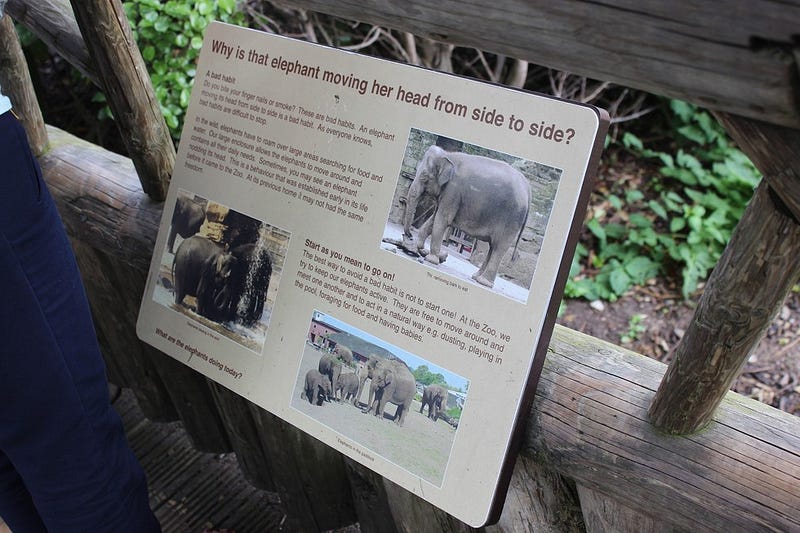
As recorded in an article by CAPS director Liz Tyson, zoos will often try to market that stereotypies, such as the head-swaying found in elephants at the Chester Zoo in the UK is normal behavior for that animal. How can we be educated if we are being fed false information?
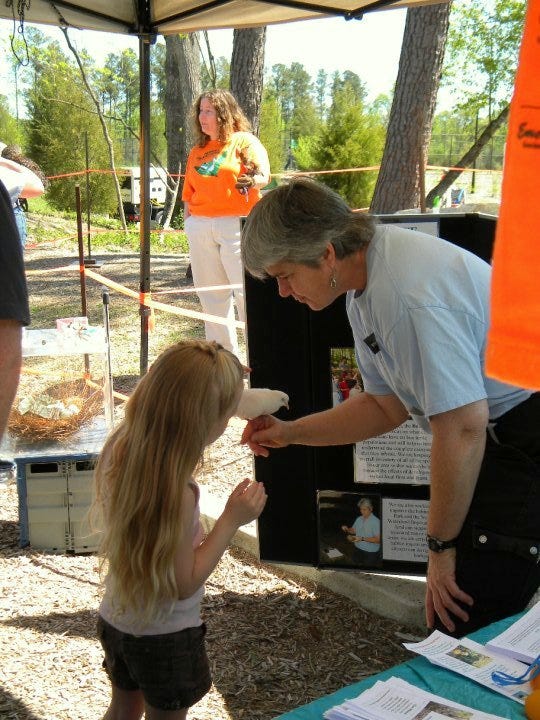
Learning the importance of rehab and helping the animals rather than using them solely for our benefit is very important. When I worked at Piedmont Wildlife Center in Chapel Hill, NC, we would bring snakes, lizards, and owls to outreach events, teaching anyone from toddlers to adults about the difference between rehabilitated but non-releasable wild animals versus those that could be rehabilitated, either from captivity or from the wild, and then actually released. Educating ourselves about true animal behavior and respect for all creatures allows us to be further advocates and proponents of better welfare for animals in general, rather than essentially objectifying them from a distance for our own benefit.
And what research done through zoos could not be done through other existing means, and honestly better?
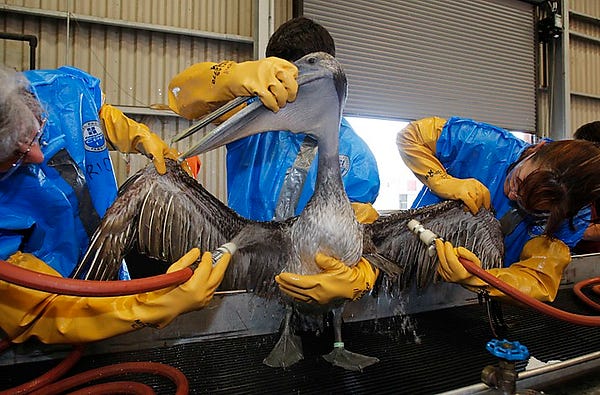
Researchers can learn just as much and more about animal biology and psychology through observation and involvement with rescue and rehabilitation centers — because, to properly treat the animals and hopefully prepare them to be released back into the wild, a great amount of work must go in to understanding how each species works in the first place, often through trial and error, as detailed extensively and entertainingly in a book you should all read, Becoming a Tiger by Susan McCarthy.
Animal Ethology, the study of animals in their natural wild habitats, is honestly the most ideal way to conduct studies on animals. Of course, you can’t control for factors as much as you could in a lab or a zoo, but that is where the skill of careful, patient observation comes in.
So you may be asking, do I seek to abolish zoos altogether? No, but I advocate that on a local level everyone does their part to seek out alternatives to zoos for education and entertainment.
Alternatives do exist, and they are far better. Sanctuaries, refuges, and parks are protected, safe places for animals to continue to exist and thrive within the ecosystem and space they were meant for — some examples just in my own state include Pea Island National Wildlife Refuge and Genesis Wildlife Sanctuary.

Equally as important are rescue and rehabilitation organizations, museums, and other similar, nonprofit learning centers — again, locations just in my own home state include the North Carolina Museum of Natural Sciences, CLAWS, Inc., Carolina Raptor Center, Karen Beasley Sea Turtle Rescue and Rehabilitation Center, Carolina Tiger Rescue — and the list goes on.
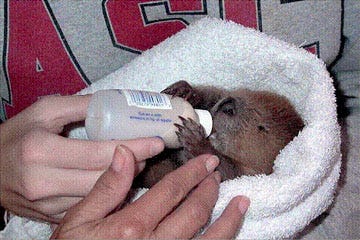
These places both help the animals around them and are generally open to the public (some you have to make an appointment to visit). They are committed to educating the community about the proper care and stewardship of the animals around us and around the world. These organizations are about making a difference, not making a profit. With more moral and financial support from us, they could do even bigger and better things for the animals, people, and the earth we share.
Captivity of wild animals in zoos is one of the least ideal ways to “keep” the animals. It does nothing but foster the animals with improper living conditions, small enclosures, a lack of enrichment, etc. Because of this, zoos end up providing insufficient education and awareness for the public, only to a continued ignorant attitude towards wild, captive, and domestic animals. And honestly, better alternatives exist that need your money and moral support.
Still think zoos are the best option?
Please think again. The next time you want to take your family or friends for a day at the zoo, maybe organize a field trip to the Carolina Tiger Rescue and support some awesome big cats and the people whose blood, sweat, and tears have gone into making a suitable place for these animals to live and thrive.
